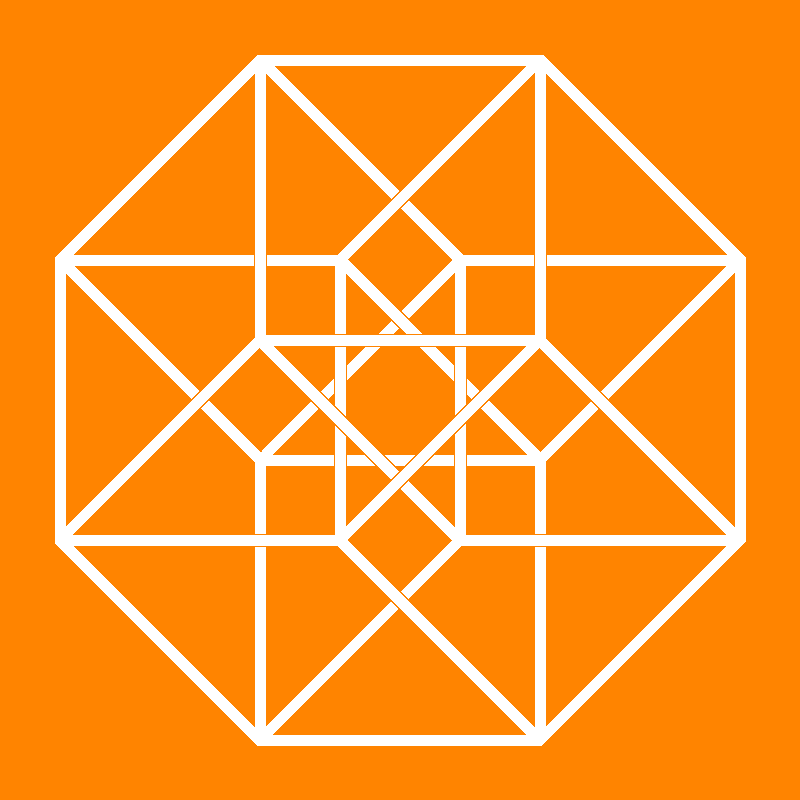
Journal for Geometry and Graphics 23 (2019), No. 2, 201--210
Copyright Heldermann Verlag 2019
The Cube: Its Billiards, Geodesics, and Quasi-Geodesics
Gunter Weiss
Institute for Geometry, Technical University, 01062 Dresden, Germany
and: Inst. of Discrete Mathematics, University of Technology, Wiedner Hauptstr. 8-10/104, 1040 Vienna, Austria
weissgunter@gmx.at
The cube and its higher dimensional counterparts ("n-cubes") are well-known basic polytopes with a well-studied symmetry group, and from them one easily can derive other interesting polyhedrons and polytopes by a chamfering or adding process. The cube's geodesics and billiards, especially the closed ones, are already treated in the literature. Hereby, a ray's incoming angle must equal its outcoming angle. There are many practical applications of reflections in a cube's corner, as, e.g., the cat's eye and retroreflectors or reflectors guiding ships through bridges. Geodesics on a cube can be interpreted as billiards in the circumscribed rhombi-dodecahedron. This gives a hint, how to treat geodesics on arbitrary polyhedrons. When generalising reflections to refractions, one has to apply Snellius' refraction law saying that the sine-ratio of incoming and outcoming angles is constant. Application of this law or a convenient modifications to geodesics on a polyhedron will result in polygons, which might be called quasi-geodesics. The concept of pseudo-geodesic, coined for curves c on smooth surfaces Φ, is defined by the property of c that its osculating planes enclose a constant angle with the normals n of Φ. Again, this concept can be modified for polyhedrons, too. We look for these three types of traces of rays in and on a 3-cube and a 4-cube.
Keywords: Polyhedron, cube, geodesic polygon, billiard polygon, Snellius' refraction law.
MSC: 51M20; 52B10, 51N05
[ Fulltext-pdf (1351 KB)]